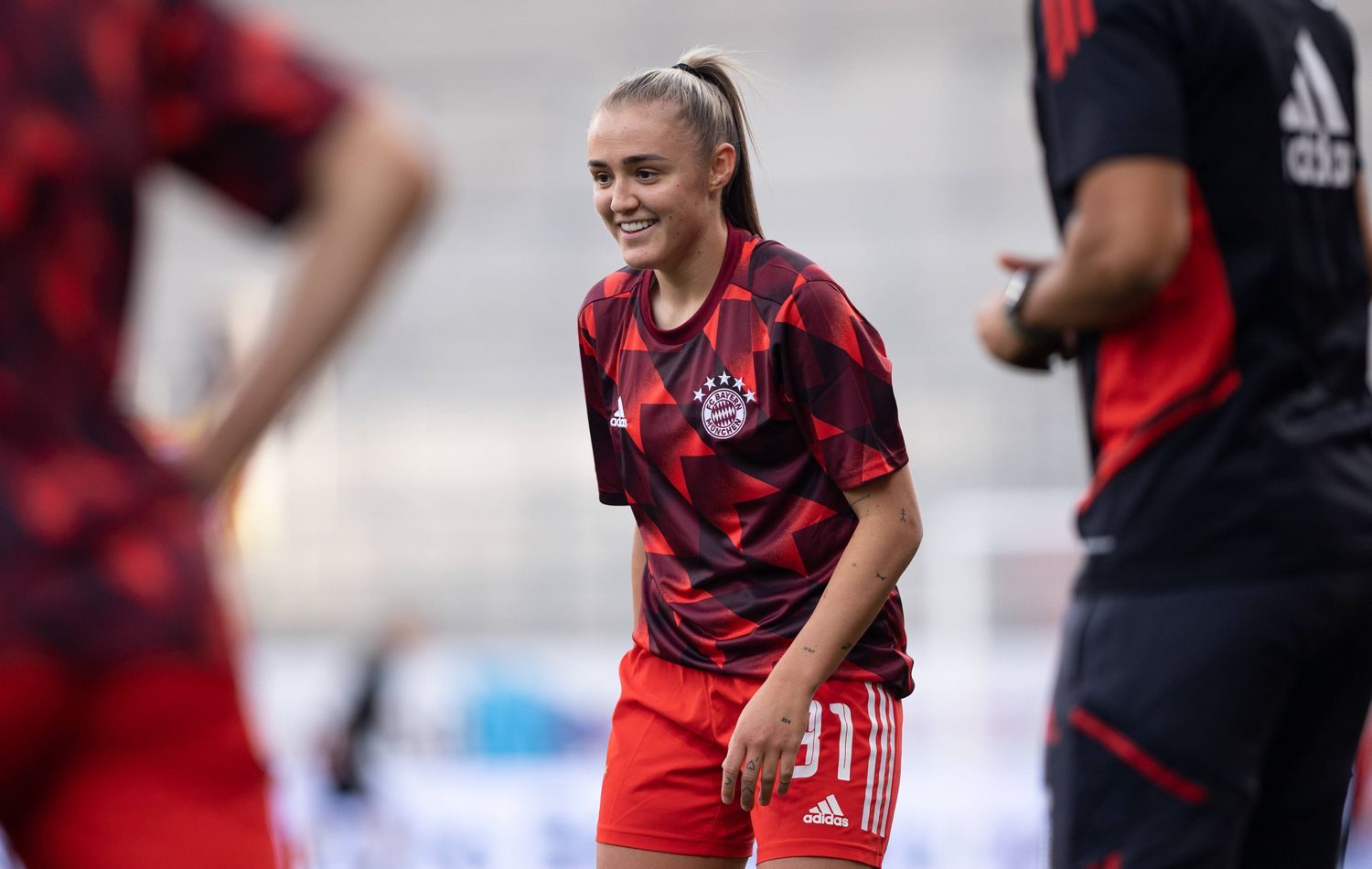In recent years, the age at which stroke occurs has dropped alarmingly, “a condition that very rarely has a single cause.” “Before, stroke was really a rarity in young patients,” says the university professor. Dr. Bogdan Popescu, head of the Neurology Department at Colentina Clinical Hospital, explaining the symptoms and causes of a stroke.
Unfortunately, Romania has the highest mortality from stroke in Europe (21.64%), being the second leading cause of death nationwide, after cardiovascular disease. The prevalence of stroke in Romania is 0.1% for the age group under 40, 1.8% for the age group 40-55, 4.3% for the age group 55- 70 years and 13.9% for the age group over 70 years.
What is stroke
A stroke is a manifestation of interrupted blood circulation through the arteries that carry oxygenated blood to the brain. The blood flow can be interrupted either by a block (and then we speak of an ischemic accident) or by a rupture (and then we speak of a hemorrhagic accident).
A stroke caused by a blood clot blocking an artery is known as an “ischemic” stroke.
When there is a rupture of the wall of a blood vessel in the brain, we are talking about a hemorrhagic vascular accident, associated with an accumulation of intracerebral blood, which blocks the transport of oxygen to the brain.
Although it lasts from a few hours to a few minutes and is considered “minor”, transient ischemic attack requires emergency treatment as in stroke. Specialists point out that one in five people who have suffered a transient ischemic attack will have a severe stroke in the next three months, with the greatest risk in the first few days.
Risk factors
The classic risk factors in stroke are hypertension, diabetes, increased cholesterol, smoking, etc. One explanation for the increased incidence of stroke, even among young people, is the very high number of hypertension sufferers, even among young people, says the university professor. Dr. Bogdan Popescu.
In recent years, the number of young or relatively young patients having a stroke has increased as hypertension, diabetes and dyslipidemia have become more common in this category of people.
All these diseases, which favor the onset of stroke, have multifactorial causes: genetics, lifestyle (smoking, alcohol, etc.), but above all stress.
Univ. Prof. Dr. Bogdan Popescu points out that “stroke rarely has a single cause. It is several causes, which at any given moment, cumulatively trigger this process, which is very serious: it can be fatal or many of those who survive remain with a significant neurological deficit, because the brain is the organ most sensitive to lack of oxygen. In practice, many of those who have managed to overcome a stroke can no longer resume their previous lives and are left with the after-effects. “
There are risk factors that we cannot change: age (the risk of stroke increases with age), gender (men are more prone), family history. Instead, there are modifiable risk factors: hypertension, hypercholesterolemia, smoking, obesity, sedentary lifestyle, excess alcohol.
Symptoms
Rapid recognition of symptoms is essential in stroke. When we notice in the person next to us that the face becomes asymmetrical, the hands are weak and no longer speak clearly, we must urgently call 112 and specify that it can be a stroke.
Symptoms associated with stroke are: Numbness – complete or partial reduction in sensation on one side of the body; Paralysis – total or partial loss of mobility and sensitivity of a part of the body; Speech disturbances, difficult speech articulation; Visual disturbances in one or both eyes, blurred vision; Headache associated in some cases with vomiting, dizziness, loss of consciousness, etc.
The recognition of these symptoms and the emergency call to 112 are fundamental. Because in stroke, time is extremely precious. The faster doctors intervene – within three hours of the stroke starting at the latest – the greater the chance that the patient will be saved and recover as much as possible.
Treatment
In the ischemic type AV, treatment aims to restore blood flow, through medicinal thrombolysis (dissolving the blood clot) or endovascular thrombectomy (mechanical removal of the blood clot).
In hemorrhagic stroke, surgical treatment aims to stop the bleeding in the event of a ruptured aneurysm or cerebral artery.
After overcoming this episode, drug treatment is continued to prevent blood clots, restore heart rhythm, control blood pressure, etc.
Univ. Prof. Dr. Bogdan Popescu points out that post-stroke recovery is very important, but that too few benefit from these complex therapies.
“Post-stroke neurological recovery is extremely important. Unfortunately, the capacity for hospitalization of these patients or for outpatient neurological recovery is not up to the demands … It’s a reality. (…) Unfortunately, I think 30-40% reach recovery in time. (…) The brain does not repair itself, as other organs do “, explains the university professor. Popescu.
Recovery includes: physical therapy, physiotherapy, therapeutic massage, but also speech therapy and speech therapy.
According to official data, about 60,000 strokes are diagnosed in our country every year.

:strip_icc()/i.s3.glbimg.com/v1/AUTH_bc8228b6673f488aa253bbcb03c80ec5/internal_photos/bs/2022/g/S/ThfKBATjGRNW8dLui2Ow/52468331680-c1b9372cec-h.jpg)
